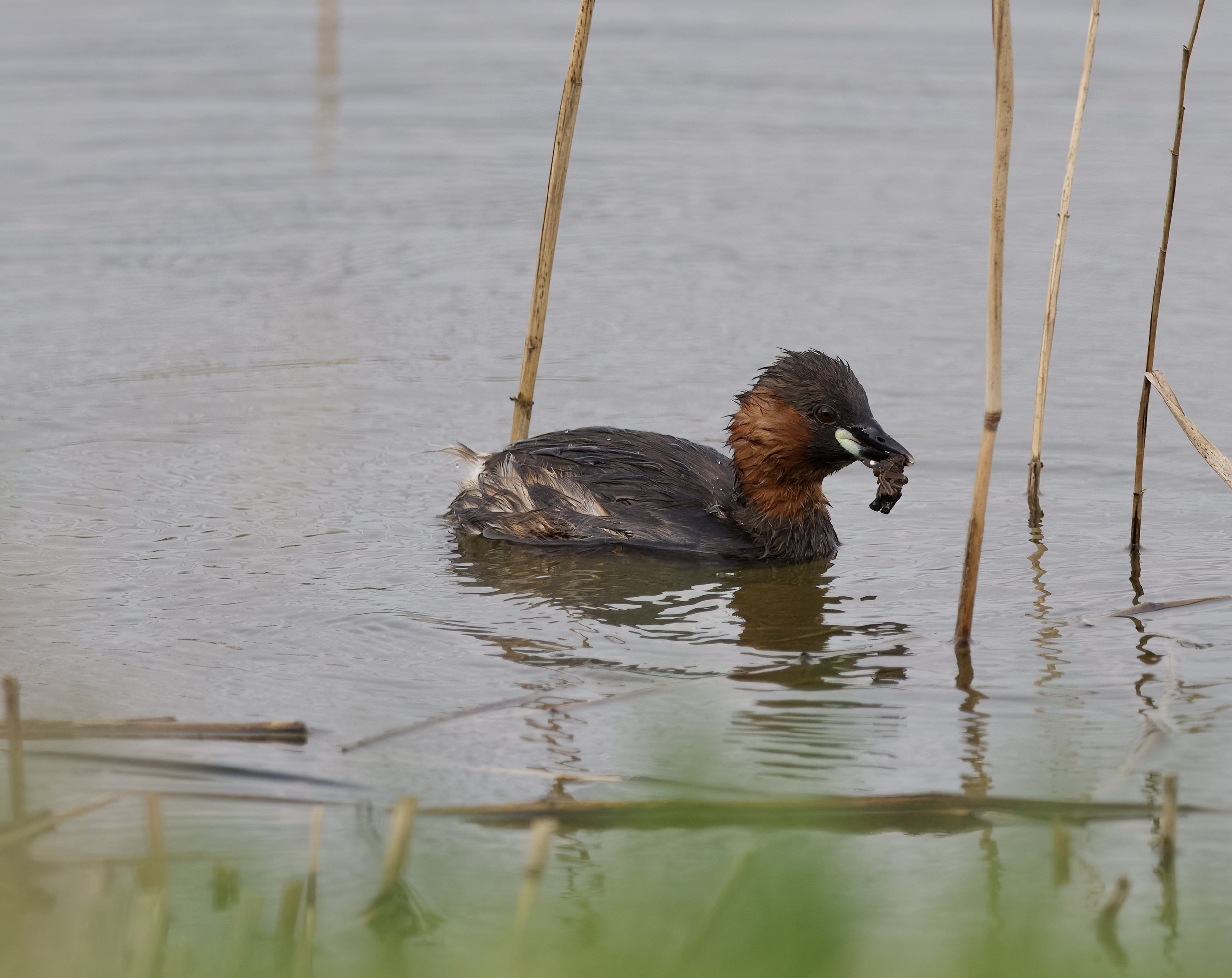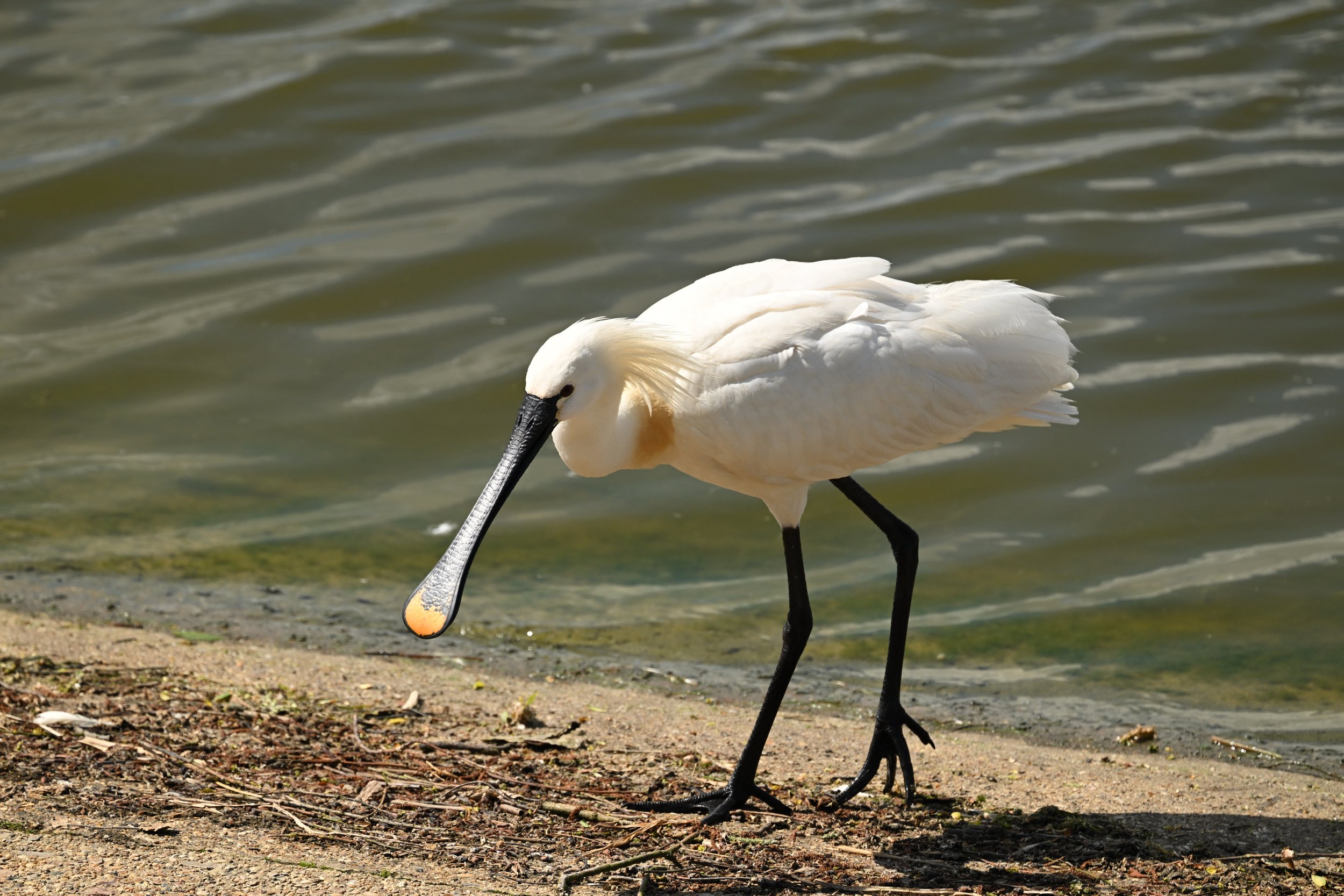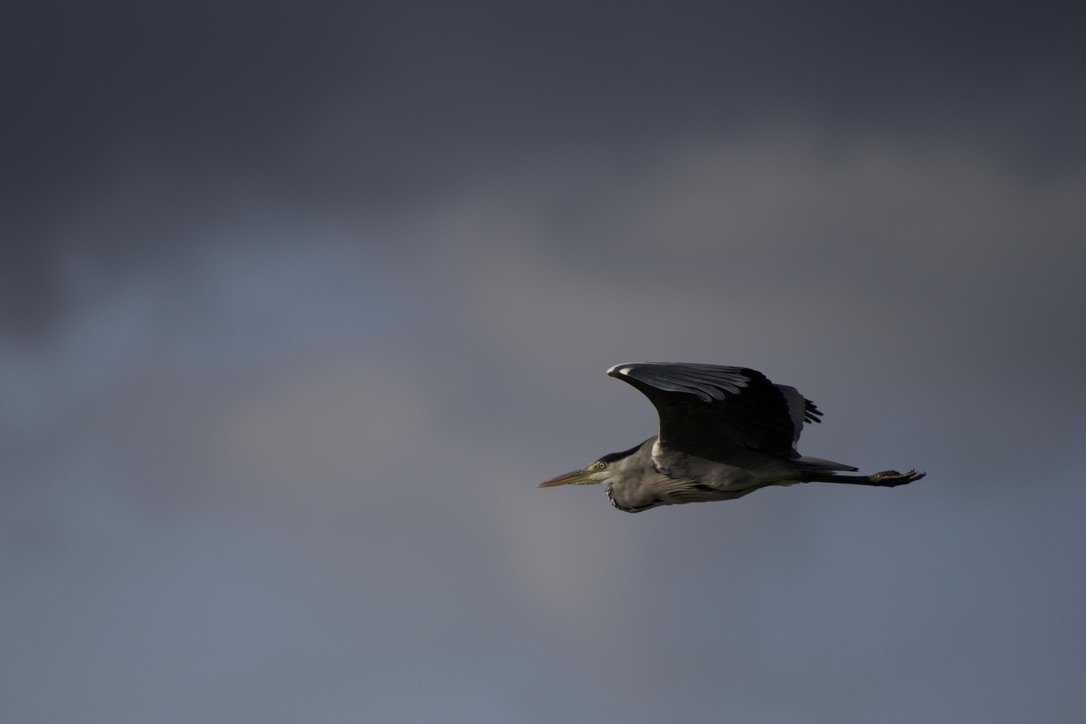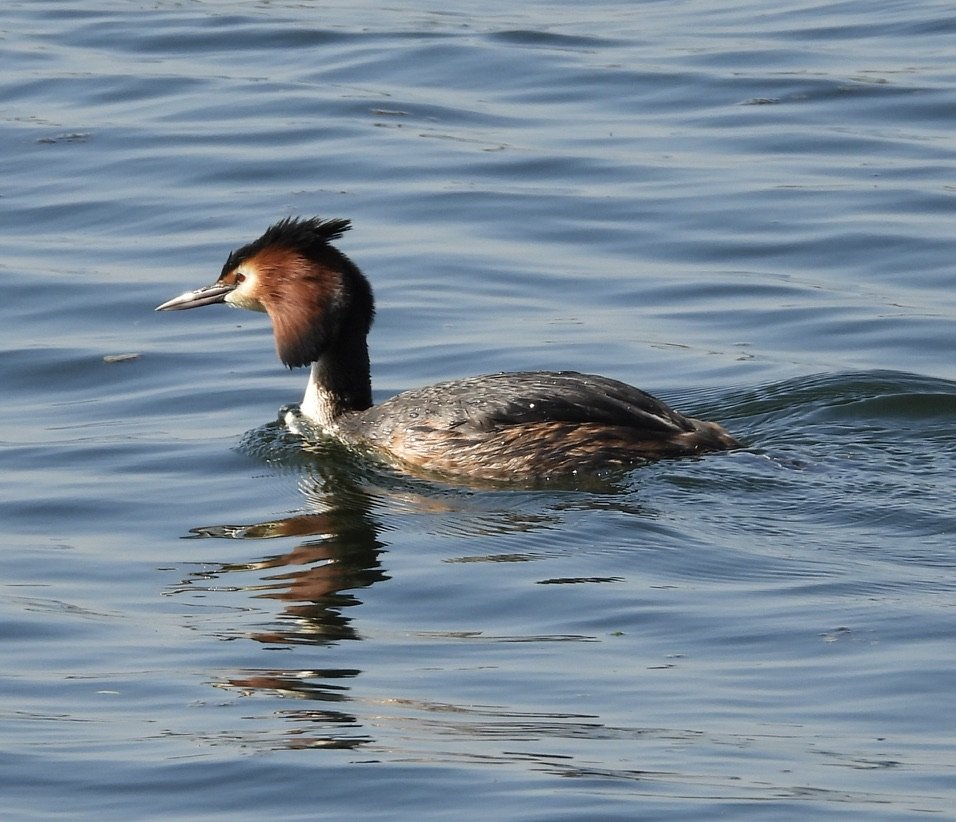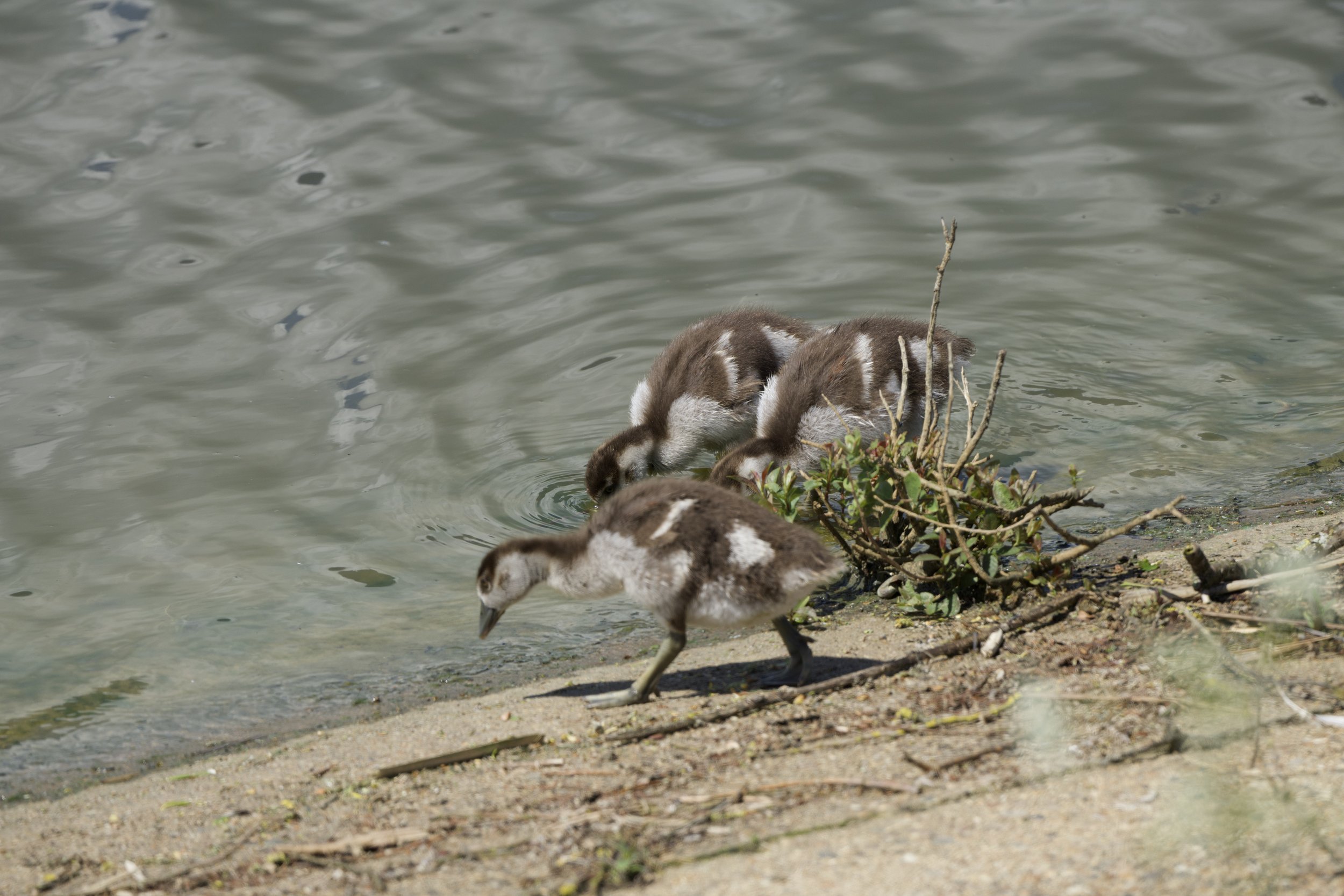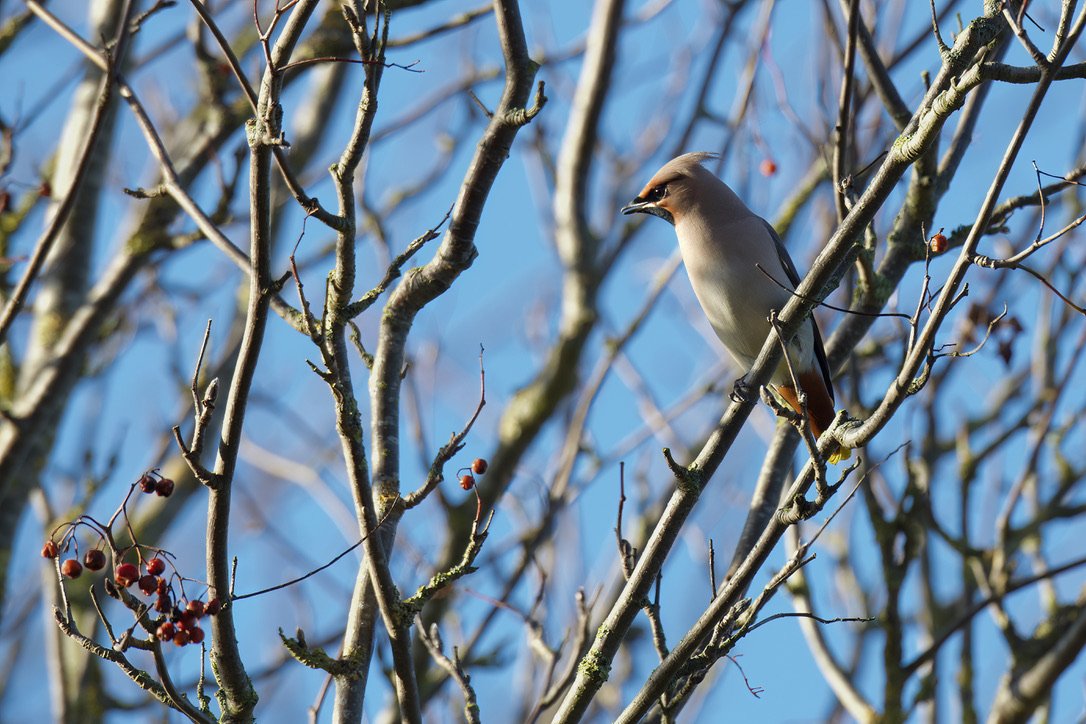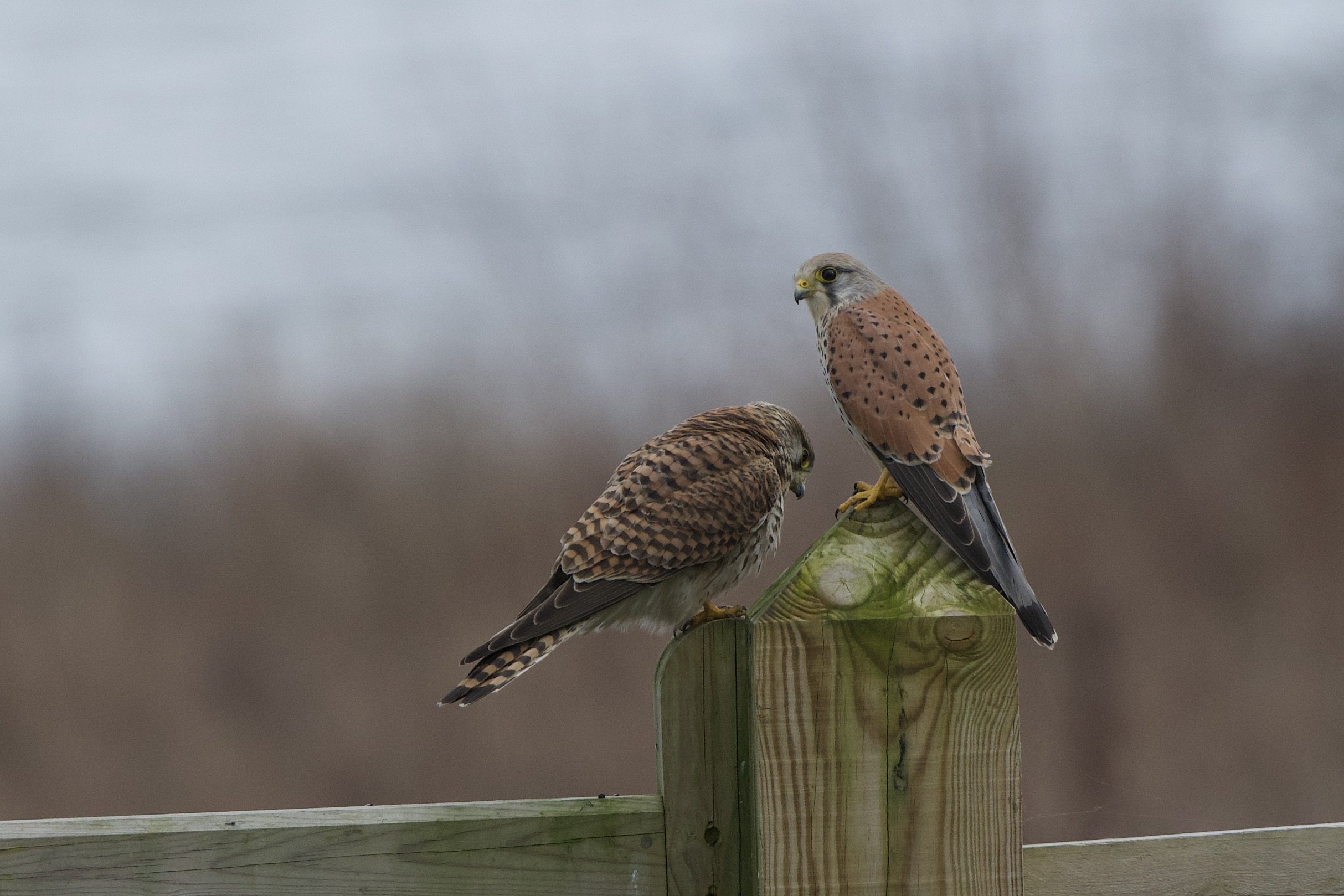
The male kestrel is a striking bird with a rusty red back, slate grey head, and white underparts. His wings are long and pointed, perfect for agile flight and hunting small mammals and insects. He has sharp, piercing eyes that scan the landscape for prey, and a fierce determination in his gaze.
The female UK kestrel is slightly larger than her male counterpart, with a more subdued coloration of mottled brown and cream. She is just as skilled a hunter as the male, using her keen eyesight and swift wings to catch her prey. She is just as fierce and independent, ruling her own territory with confidence and grace.
Christine’s picture with a Nikon d500 , sigma 150-600 lens.
In marshes still, a vision of white, an Egret stands in morning light.
Its graceful form and wings outspread, in silent beauty, where it treads.
The history of spoonbills in the UK is a fascinating tale of decline, absence, and hopeful return — a story shaped by changing landscapes, conservation efforts, and nature’s resilience.
The Eurasian spoonbill (Platalea leucorodia), with its distinctive spatula-shaped bill, was once a rare breeding bird in the UK. Historical records suggest that spoonbills were present in small numbers during the medieval period. They bred in East Anglia, particularly in the Fens and Norfolk Broads, where their preferred habitat of shallow wetlands and estuaries was abundant. However, by the late 1600s, they had disappeared as a breeding species in Britain. The reasons for this loss include: Drainage of wetlands for agriculture, Persecution and egg collecting, Climate change in the form of harsher winters and ageneral decline in suitable habitat across the country
For over 300 years, spoonbills were absent as breeders in the UK. They continued to appear as occasional migrants, especially on the south and east coasts of England, where they stopped to feed on their way between continental Europe and Africa. Sightings were mostly limited to winter and passage periods, and the species was regarded as a rarity.
In the late 20th and early 21st century, things began to change. Driven by both: Conservation efforts in the Netherlands and across Europe (where spoonbills had been recovering), and the creation and management of new wetland habitats in the UK (like RSPB reserves),
Spoonbills began to return as summer visitors in greater numbers.
In 1999, spoonbills successfully bred again in the UK for the first time in centuries, at Holkham National Nature Reserve in Norfolk. Since then, they have expanded slowly but steadily, with confirmed breeding at other sites including
RSPB Havergate Island in Suffolk
Clee Marshes and Fairburn Ings
Yorkshire and Kent wetland reserves
By the 2020s, spoonbills had become annual breeders, with the UK breeding population still modest but stable and increasing. Estimates suggest 50–100 pairs now nest in the UK .
Spoonbills are now seen as a conservation success story and a symbol of what targeted habitat restoration can achieve. They are most commonly seen in coastal estuaries, lagoons, saltmarshes, and inland wetlands. Their unmistakable silhouette — with broad white wings and a bill like no other — has become an increasingly familiar sight in reserves like: Minsmere (Suffolk), Titchwell Marsh (Norfolk), Lakenheath Fen (Norfolk/Suffolk border)
From medieval breeder to vanished ghost, and now a quietly resurgent resident, the UK’s spoonbill story is one of long patience and recent optimism. With care, their elegant forms may one day become a staple of our summer wetlands once again not just for the birdwatcher’s binoculars, but for the landscape as a whole.
So one of our most visited nearby places is the Essex Wildlife Trust Abberton Reservoir and is a hidden gem nestled in the heart of the Essex countryside, offering a tranquil retreat for nature enthusiasts and wildlife lovers. Managed by the Essex Wildlife Trust, the reservoir is a haven for birdwatchers, conservationists, and outdoor adventurers seeking to connect with the natural world.
The history of Abberton Reservoir dates back to the early 20th century when it was created as a water supply reservoir for the nearby town of Colchester. Over the years, the reservoir has evolved into a thriving wetland habitat that supports a diverse range of bird species, making it a hotspot for birdwatching and wildlife observation.
The Essex Wildlife Trust took over the management of Abberton Reservoir in the 1980s, with a vision to enhance the ecological value of the site and promote conservation efforts in the area. The Trust has since implemented various habitat restoration projects, including the creation of wetlands, reedbeds, and grasslands, to attract and support a wide variety of birdlife.
One of the highlights of Abberton Reservoir is its importance as a wintering site for migratory birds, including ducks, geese, waders, and raptors. The reservoir's strategic location along the East Anglian coast makes it an essential stopover for thousands of birds during their annual migrations, providing a crucial habitat for feeding, resting, and breeding.
In addition to its birdlife, Abberton Reservoir is home to a rich diversity of plant and animal species, including otters, water voles, dragonflies, and wildflowers. The reserve's network of walking trails, bird hides, and viewing points offers visitors the opportunity to explore and appreciate the natural beauty of the wetland landscape.
The Essex Wildlife Trust Abberton Reservoir serves as a shining example of successful habitat conservation and wildlife protection. Through its dedication to preserving and enhancing the ecological value of the site, the Trust has created a thriving nature reserve that not only benefits local wildlife but also provides a valuable resource for education, recreation, and environmental awareness.
Overall, Abberton Reservoir is a testament to the importance of protecting and celebrating our natural heritage, ensuring that future generations can continue to enjoy and appreciate the wonders of the natural world.
Worth making a note :
Apart from the Wildlife reserve there is the second location called the Layer breton causeway commonly known as the “LBC” which is open 24 hours a day, a lovely place to see some brilliant widlife, uncluding a heronry, with lots of herons, egrets, spoonbills and cattle egrets, not to be missed. Spoonbills can be seasonal.
Great crested grebes with the humbug….
@Christine
@Christine
@Christine
@Christine
@Christine
@Christine
Location:
Church Rd, Layer de la Haye,
Colchester
CO2 0EU
What 3 Words Visitors Centre ///mills.lance.swimsuits
What 3 Words Main Causeway ///lighters.moons.skips
What 3 Words Breton causeway [LBC] ///played.covers.unloads






